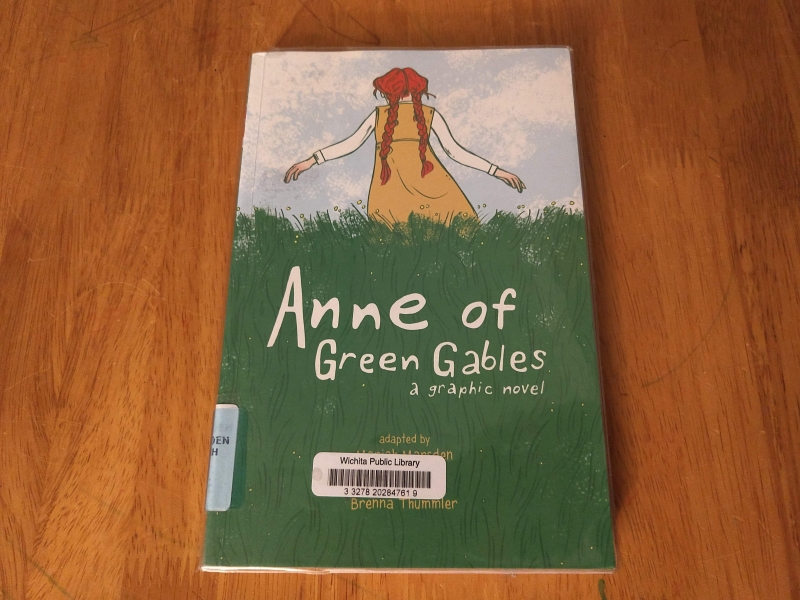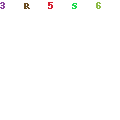L.M. Montgomery states that the character for Anne of Green Gables “flashed into my fancy already christened, even to the all important ‘e’.” Irene Gammel, a professsor of comparative literature, disputes that statement, suggesting that “Anne” (and the events of Anne’s life) is the product of Montgomery’s reading, life events, and inner life.
Gammel has meticulously picked through Montgomery’s journals (both the published and the unpublished) for clues about Anne – and has gone a step further to read through the books and periodicals Montgomery would have read prior to writing Anne of Green Gables. The result is a fascinating, if somewhat speculative book Looking for Anne of Green Gables.
Prior to reading this book, I was not terribly familiar with the life of Lucy Maud Montgomery (“Maud” to those who knew her) apart from the various biographical sketches Carrie has offered at Reading to Know.
So I knew bits and pieces but hadn’t really put them together into any clear understanding of her life events and how they fit together. This book helped me put some of those pieces together – although it’s important to note that this is not a biography proper, but literary criticism of a sort.
Gammel looks at various events in Maud’s life, relationships she’d formed, and news stories from her neighborhood that may have influenced the writing of Anne. Specifically, she looks at how Maud might have (or, when possible, actually did as evidenced by journal entries) interpreted those events and used them to color Anne. For example, Gammel suggests that the theme of Anne finding a family (and Marilla coming to love Anne) reflects Maud’s fantasy of a loving family (she did not feel that she was loved by her elderly grandparents, who raised her.) Likewise, the perfect bosom friendship of Anne and Diana reflects the type of friendship Maud dreamed of and attempted to enter into with half a dozen girls who always disappointed Maud when the character of their friendships changed over time. So Gammel suggests that many of the events and themes of Anne of Green Gables represent unfulfilled longings of Maud’s.
Gammel also looks at how the periodicals Maud would have been reading might have influenced her writing. For example, Gammel notes an advice column that gives the “cure” for croup that Anne uses (The column suggests that mothers who administer this cure can save their child’s life before the doctor has time to arrive.) In another example, red-haired orphan “Ann’s” show up in several stories or poems.
When I wrote a little blurb on this book on my Nightstand post recently, Barbara H. (who read and reviewed this book in 2011 commented:
“I also didn’t like that she seemed to feel she had to try to find inspiration for much that LMM wrote – as if LMM couldn’t have just made some things up out of her imagination.
I agree and disagree with Barbara. I felt that Gammel was more heavy-handed than necessary in suggesting that this scenario or that story was THE story behind various incidents in Anne of Green Gables; but I found it interesting and fairly likely that those scenarios and stories would have influenced Maud’s writing, even unconsciously. As a fellow voracious reader (although not a particularly successful writer of fiction – I’ve dabbled but never completed anything), I can certainly identify with sort-of “absorbing” the contents of what I read and having them come out in the most unlikely places. Often, I’ll say something or write something and someone will ask me where I got that from. Sometimes I’m conscious that I’m quoting something or paraphrasing something, sometimes I’m not. Sometimes I’m aware of what work I’m quoting or paraphrasing or drawing from, sometimes not. But frequently, when someone asks me for sources, if I search hard enough, I realize that the germ of many of the “original” ideas that pop into my head are not original after all but a continuation of what Mortimer Adler calls “the great conversation” (at least, I think that’s where I got that thought :-P).
I did have a few complaints with this book, in addition to the aforementioned heavy-handedness, and they happen to be the same complaints Barbara H. made (really, you should probably read her review). Maud had a number of close female friends, and Gammel frequently implies that these were erotic in nature (it seems the vogue thing these days to rewrite artists of days past as homosexuals, and while some of them might be, I am reminded when I read such conjectures of C.S. Lewis’s statements regarding platonic male friendship being the deepest love and think maybe there’s something about same-sex friendships of the past that our current sex-crazed society just doesn’t get.) Furthermore, Gammel frequently associates nature with paganism and assumes that Montgomery’s insertion of nature into the Anne books is a sort of rebellion against the Sunday-school literature Montgomery often wrote for. While this may be (again, it’s possible that was Montgomery’s intent), I think it just as likely that Maud simply enjoyed nature and created her heroine to enjoy it as well.
Overall, though, I found this a fascinating book speculating on the origins of the character “Anne of Green Gables”.
Rating: 3 stars
Category: Literary analysis/biography
Synopsis: Gammel explores the events and stories that may have influenced Lucy Maud Montgomery’s character “Anne of Green Gables”.
Recommendation: If you really enjoy Anne of Green Gables and don’t get too upset at glimpses behind the curtain (How’s that for another literary reference?), you’ll probably enjoy this book. If conjecture or the idea that an author might not be quite as original as you originally supposed bothers you, no need to get yourself worked up by reading this book.
I read this as part of the 2015 Lucy Maud Montgomery Reading Challenge. Follow the link to check out who else is reading – and what they’re reading.







